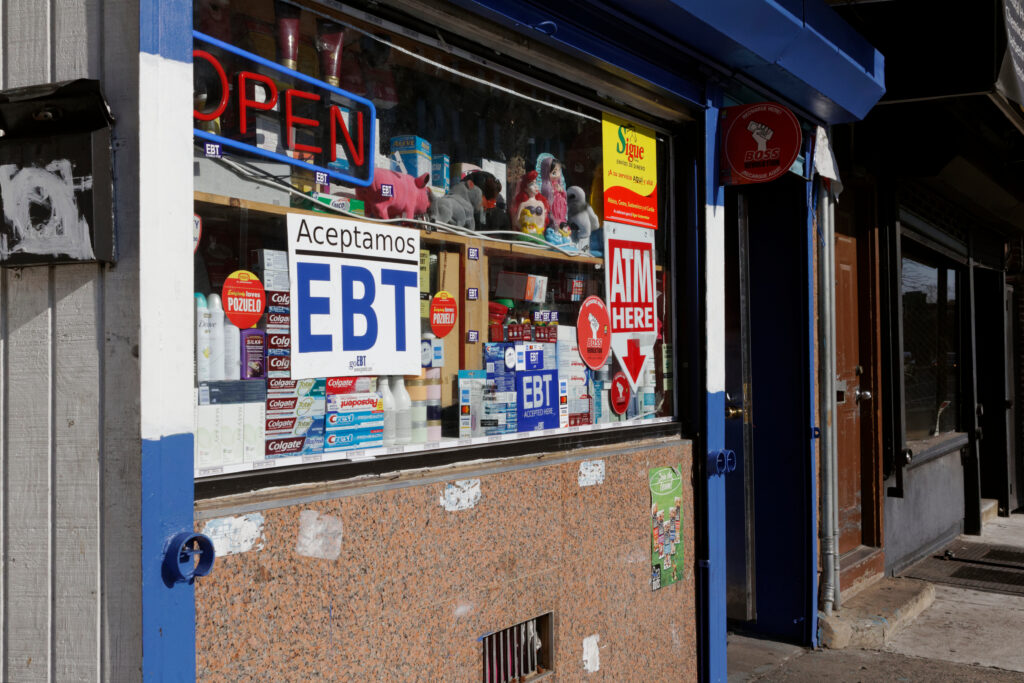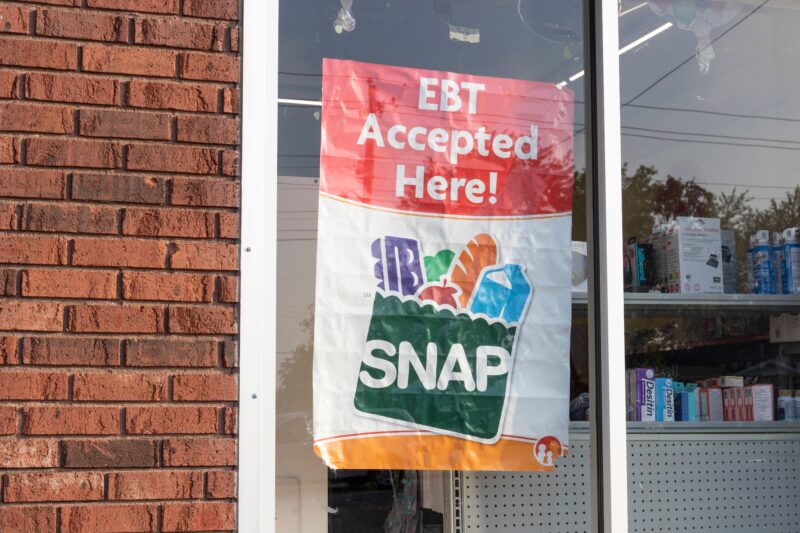Studies have shown a direct link between older adults’ participation in the Supplemental Nutrition Assistance Program (SNAP) and decreased health costs, emergency visits and long-term-care placement. Now with new strides made by the governor of New York, seniors and those with disabilities living in the state will have easier access to better nutrition and overall health.
As of last month, only about 70% of New York’s eligible older adults and disabled individuals were enrolled in SNAP, despite recent strides to end hunger by increasing supplemental food benefits. In a press release, Governor Kathy Hochul explained that a lack of participation in her state’s program was due in part to a confusing nine-page application to determine and recertify eligibility, as well as a requirement to interview for recertification every year.
Eight other states, including Alabama, California, Florida, Georgia, Maryland, Mississippi, South Carolina and Washington, have simplified this process for seniors by implementing the Elderly Simplified Application Project (ESAP), which reduces the application to two pages and waives the interview requirement. Hochul requested that New York adopt the same policies, and her proposal was recently approved by the U.S. Department of Agriculture.

“New York’s senior and disabled communities were hit hard by the COVID-19 pandemic, leading to food insecurity in some cases and exacerbating it in others,” Hochul said. “Allowing easier access to SNAP benefits for these groups will help alleviate this stress.”
In addition to simplifying the application process, implementing ESAP will extend SNAP benefits from 12 months to 36 months. The hope is that when seniors don’t have to worry about how they’ll afford food, they can focus their limited resources on other basic needs such as prescriptions and rent.
“No one should have to wonder when their next meal will be,” Hochul said, “and I am proud to take these steps to remove barriers that prevented older adults and disabled individuals on fixed incomes from accessing the food benefits that can help them to put food on the table.”

